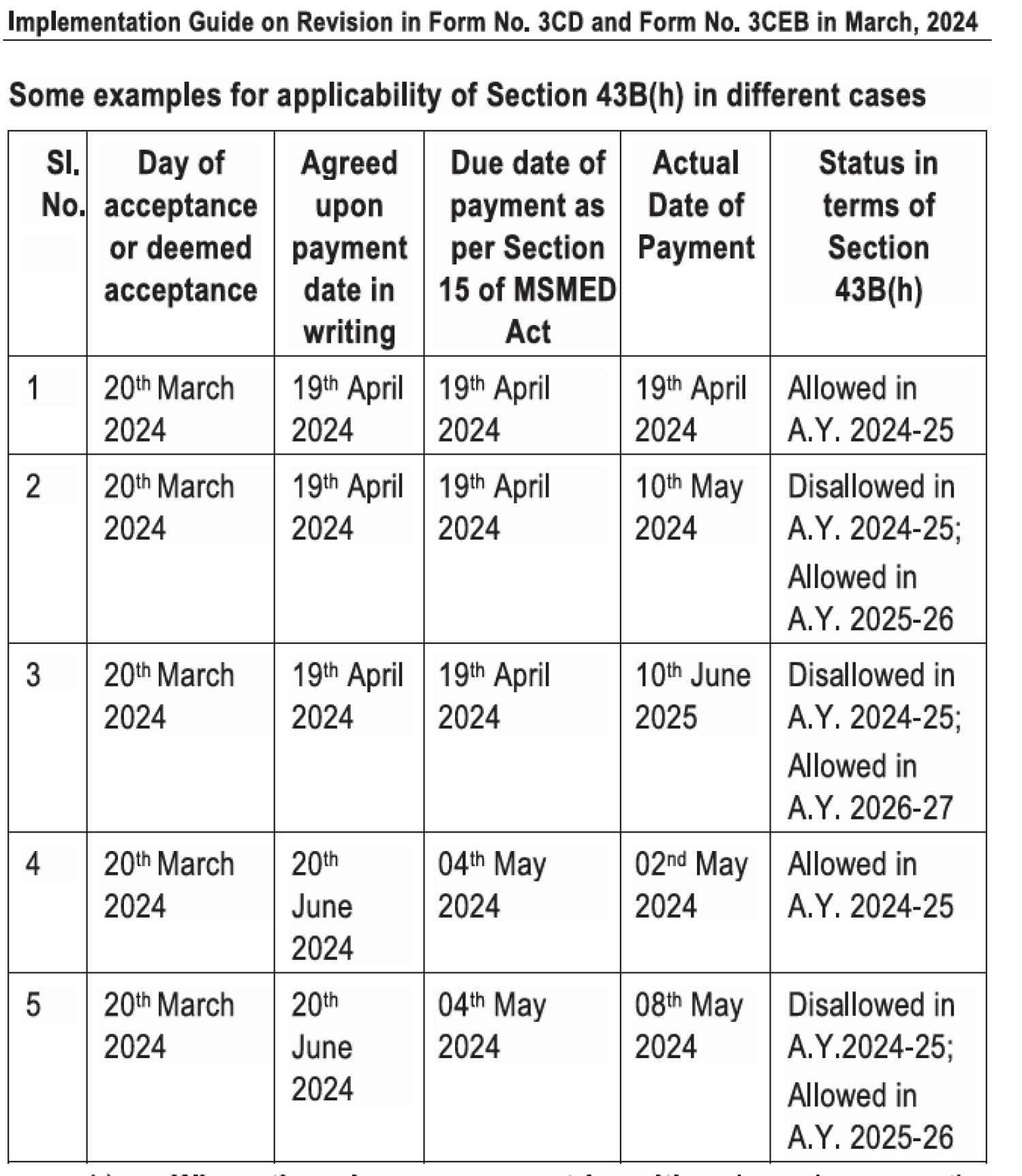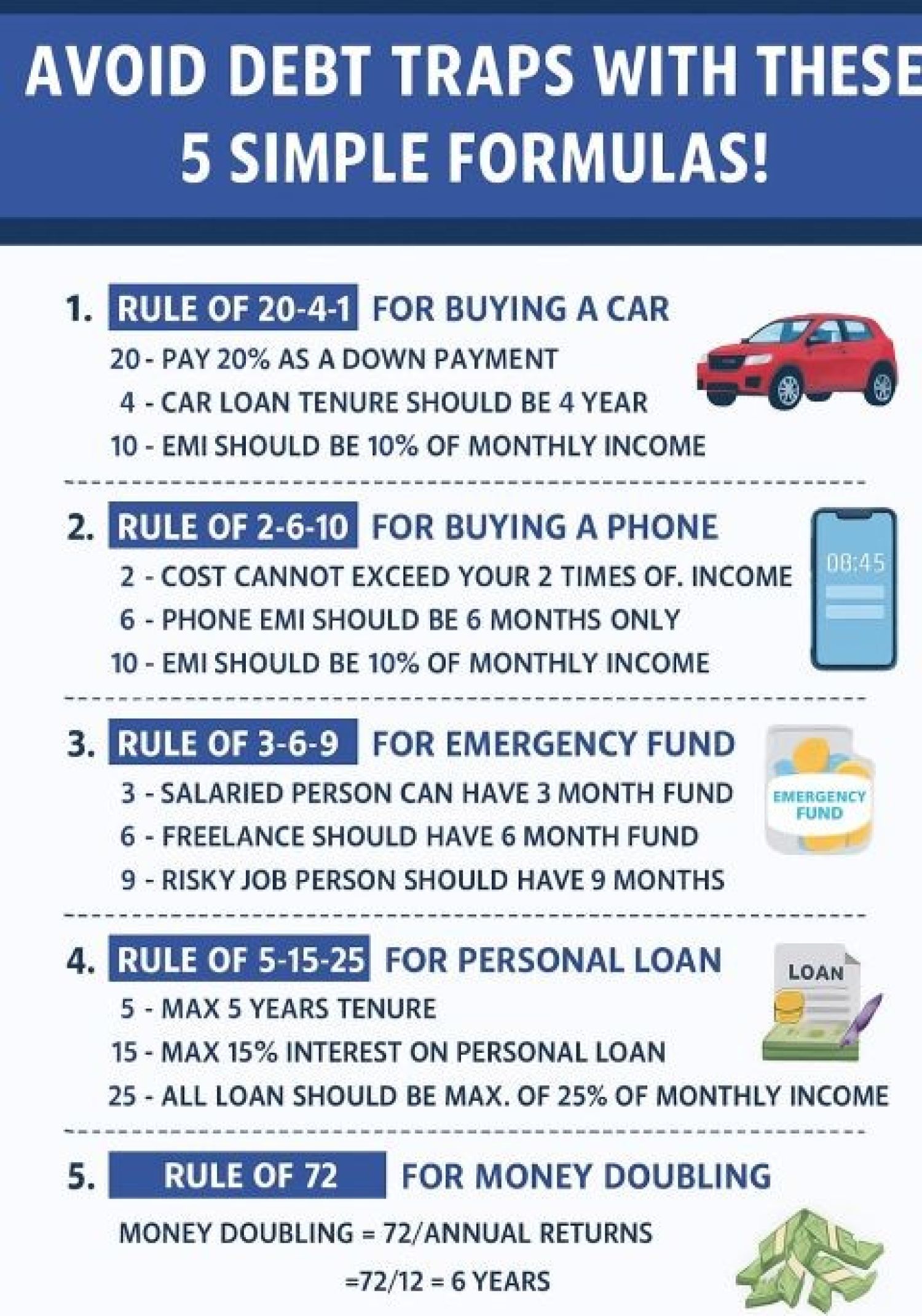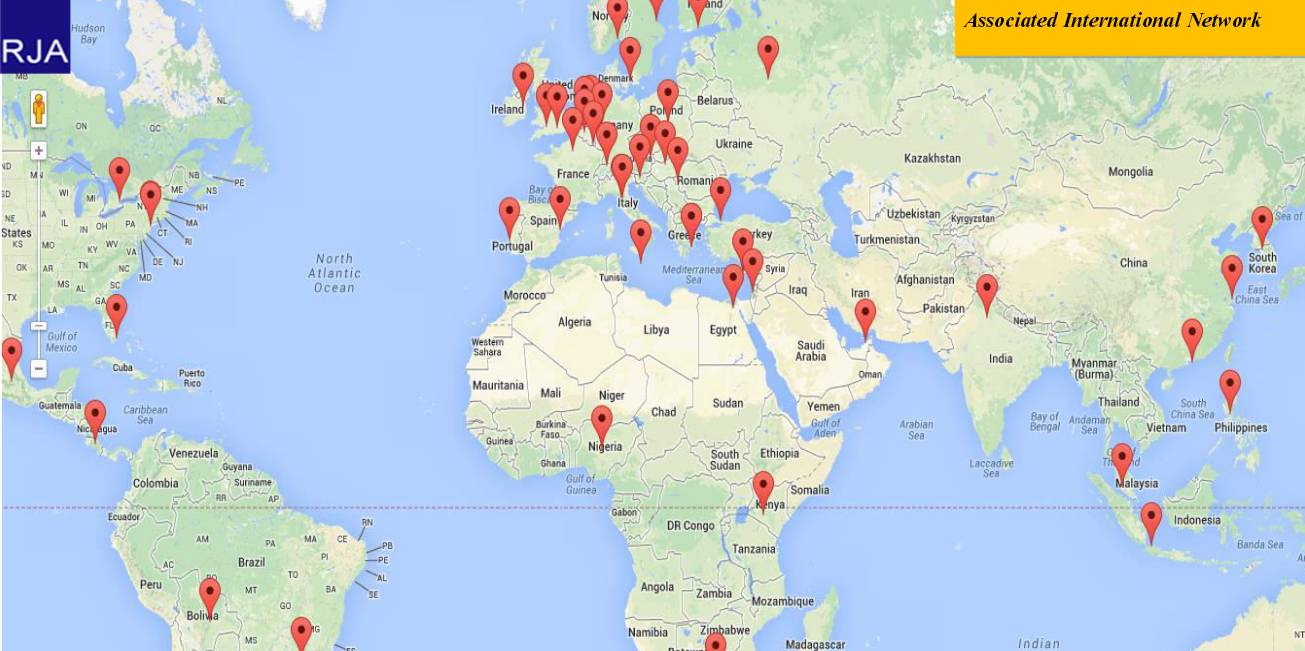Table of Contents

OVERVIEW ON TRANSFER PRICING
Transactions between two or more enterprises belonging to the same multinational group have created a new and complex issue as a result of the increasing participation of multinational groups in economic activities in the country. To provide a detailed statutory framework that can lead to the computation of reasonable, fair and equitable profits and taxes in India, the government has incorporated various acts that take into account various aspects in this regard.
The Finance Act of 2001 replaced section 92 with a new section and added new sections 92A to 92F to the Income-tax Act, relating to the computation of income from an international transaction in relation to the arm's length price, the meaning of associated enterprise, and the meaning of information and documents by persons entering into international transactions.
Specified Domestic Transactions:
Form No. 3CEB as specified by Rule 10E to be provided for international transactions by an accountant pursuant to Section 92E. In the case of Specified Domestic Transactions, however, no such form has been specified separately. The contents of this Guidance Note (insofar as they apply to Specified Domestic Transactions) are based on the current provisions of the Income Tax Act of 1961 and the Income Tax Rules of 1962. The contents of this Guidance Note may need to be evaluated, and an addendum or separate or amended Guidance Note may be required. In the while, the contents of this chapter (Specified Domestic Transactions) should only be used as a source of information.
For the purposes of section 40A, Chapter VI-A, and section 10AA of the Finance Act of 2012, transfer pricing laws have been expanded to encompass transactions conducted with domestic related parties or by an undertaking with other undertakings of the same entity. Domestic transfer pricing rules implemented since Assessment Year 2013-14.
All compliance requirements, such as transfer pricing documents and an accountant's report, apply equally to specified domestic transactions as they do to international transactions between companies.
Definition
Specified Domestic Transaction (SDT) is defined in Section 92BA and is subject to TP restrictions. Section 92BA is as follows.
“Specified domestic transaction” in the case of an Assess means any of the following transactions, which are not international transactions, for the purposes of this section and sections 92, 92C, 92D, and 92E:
- Any expenditure for which payment has been made or will be paid to a person listed in clause (b) of section 40A's sub-section (2).
- Any transaction that falls under section 80A.
- Any transfer of goods or services as defined in section 80-IA, subsection (8).
- Any business is undertaken between the Assessee and a third party as defined in section 80-IA, sub-section (10)
- Any transaction referred to in any other section of Chapter VI-A or section 10AA that is subject to the provisions of section 80-IA sub-section (8) or sub-section (10)
- any other transaction that may be deemed necessary
- where the Assessee's aggregate of such transactions in the previous year exceeds a sum of 5 crore.
Aims & Objective of Transfer Pricing
Transfer pricing regulations have been come front of corporate headlines over the last few years due to the increasing number of controversies resulting from tax structuring by multinational companies.
One party transfers to another goods or services, for a price. That price is known as ‘transfer price’. Transfer pricing refers to the pricing strategy in play when there is the transfer of goods/ services between associated enterprises. Transfer pricing law aims to ensure that transactions between associated enterprises do not happen at an unreasonably favourable and controlled price.
The Income Tax Act provides that every person entering into an international transaction or specified domestic transaction shall obtain a report from a Chartered Accountant in the prescribed form and furnish the same to the Income Tax Department.
Aims & Objective of Transfer Pricing:
1. Transfer pricing minimizes the tax burden or arranging direction of cash flow:
Transfer price, as aforesaid, refers to the value attached to the transfer of goods, services, and technology between related entities such as parent and subsidiary corporations and also between the parties which are controlled by a common entity. Its essence is that the pricing is not set by an independent transferor and transferee in an arm’s length transaction. Transaction between them is not governed by open market considerations.
2. Transfer pricing results in shifting profits:
Whatever the reason for fixing a transfer price which is not arm’s length, the result is the shift of profit. The effect is that the profit appropriately attributable to one jurisdiction is shifted to another jurisdiction. The main objective is to avoid tax as also to withdraw profits leaving very little for the local participants to share. Another object is avoidance of foreign exchange restrictions.
3. Shifting of Profits- Tax avoiding not the only object:
Transfer between the enterprises under the same control and management, of goods, commodities, merchandise, raw material, stock, or services is made at a price that is not dictated by the market but controlled by such considerations such as:
• To reduce profits artificially so that the tax effect is reduced in a specific country;
• To facilitate decentralization of production so that efforts are directed to concentrate profits in the State of production where there is no or least competition;
• To remit profits more than the ceilings imposed for repatriation;
• To use it as an effective tool to exploit the fluctuation in foreign exchange to an advantage.
https://carajput.com/learn/rulespenaltiesmethodsdocumentation-required-in-transfer-pricing.html
How Should the Income Be Calculated?
The income arising out of the international transactions between the associated enterprises should be determined by using the Arm’s Length Price (ALP). Arm’s Length Price is a price that is fixed by the associated enterprises as if they had fixed the price between unassociated enterprises entering into the transaction. The taxpayers should use the most appropriate method. There are prescribed methods for determining the Arm’s Length Price. Methods are as follows: -
- Transactional Net Margin Method
- Profit Split Method
- Comparable Uncontrolled Price Method
- Cost-plus method
- Resale Price Method.
Due to a lack of credible data, the transactional net margin method is the most commonly used. A blend of all the methods can also be applied in suitable cases.
Adjustments to Reported Income
The taxpayer might have followed all the procedures in accordance with the rules, but sometimes there may be a difference between transfer prices as per the financial statement and the arm’s length price. In such cases, the Transfer Pricing Officer can propose an amount that can be adjusted to the reported income of the taxpayers. The additional assessment amount should be paid within 30 days of notice.
Documentation that is required to be maintained by entities entering into Indian transfer pricing transactions are as follows: -
- A detailed description of the ownership of the entity with details of shares or other ownership interests held therein by other enterprises.
- Profile of the multinational group of which the entity is a part along with the name, address, legal status and tax residence of each of the enterprises in the group with whom specified domestic transactions have been entered into by the entity and ownership linkages among them.
- Broad description of the business of the entity and the industry in which the entity operates and of the business of the associated enterprises with whom the entity has transacted.
- The nature and terms of specified domestic transactions entered into with each associated enterprise, details of property transferred or services provided and the quantum and the value of each of such transaction or class of such transaction.
- Description of the functions performed, risks assumed and assets employed or to be employed by the entity and by the associated enterprises involved in the specified domestic transaction.
- Record of the economic and market analyses, forecasts, budgets or any other financial estimates prepared by the entity for the business as a whole and for each division or product separately, which may have a bearing on the specified domestic transactions entered into by the entity.
- Record of uncontrolled transactions taken into account for analyzing their comparability with the specified domestic transactions entered into, including a record of the nature, terms and conditions relating to any uncontrolled transaction with third parties which may be of relevance to the pricing of the specified domestic transactions.
- Record of the analysis performed to evaluate comparability of uncontrolled transactions with the relevant specified domestic transaction.
- Description of the methods considered for determining the arm’s length price in relation to each specified domestic transaction or class of transaction, the method selected as the most appropriate method along with explanations as to why such method was so selected, and how such method was applied in each case.
- Record of the actual working carried out for determining the arm’s length price, including details of the comparable data and financial information used in applying the most appropriate method, and adjustments, if any, which were made to account for differences between the specified domestic transaction, and the comparable uncontrolled transactions, or between the enterprises entering into such transactions.
- The assumptions, policies and price negotiations, if any, have critically affected the determination of the arm’s length price.
- Details of the adjustments, if any, made to transfer prices to align them with arm’s length prices determined under the Income-tax Rules and consequent adjustments made to the total income for tax purposes.
- Any other information, data or document, including information or data relating to the associated enterprise, which may be relevant for the determination of the arm’s length price.
Penalty on Transfer Pricing: -
for Failing to submit CA Report
Entities entering into an international transaction are required to obtain a report from a chartered accountant. Failure to furnish a report from a chartered accountant can attract a penalty of Rs. 1,00,000
for Not Maintaining Required Documents
As mentioned above, entities entering into international transactions are required to maintain certain documents as listed above. Failure to maintain such document or failure to report or furnishing incorrect information can attract a penalty of up to 2% of the value of each transaction, where noncompliance exists.
for Not giving Documents to tax authorities within the time
Tax authorities may demand any related information or documents in the course of any proceeding, from any person who has entered into international transactions. The taxpayer must furnish such information or document within a period of 30 days from the date of receipt of a notice. Failure to furnish information can attract a penalty equal to 2% of the value of the specified transaction for each such failure.










